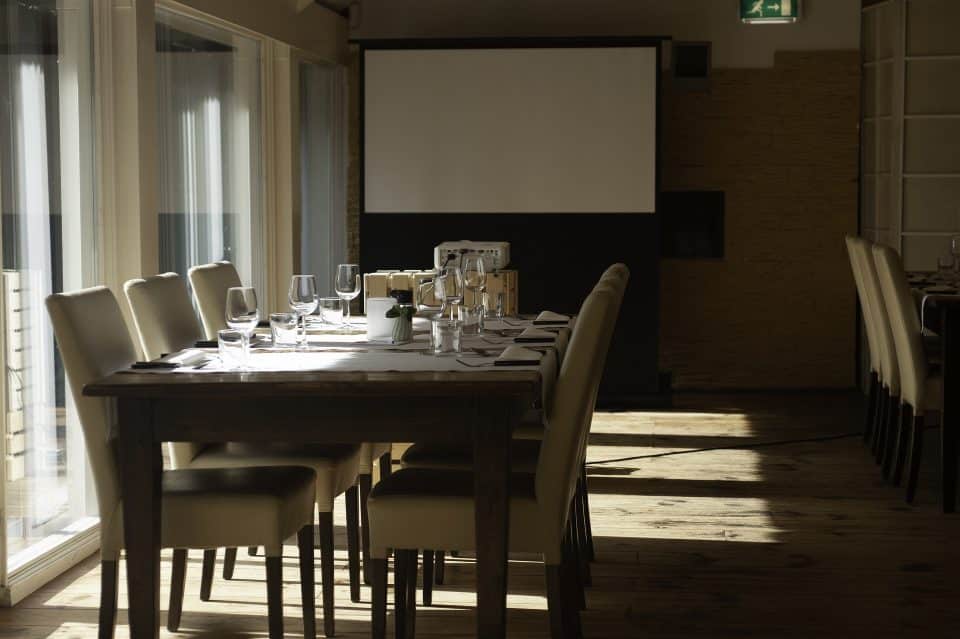How Fit is Your Board’s Governance for the Future?

When it comes to effective governance, boards often find themselves asking, “Is our governance fit for the challenges we face today and the ones we’ll encounter tomorrow?” This very question was at the heart of a recent webinar hosted by BoardPro, where I, alongside Dr Dean Blomson and Steve Bowman, discussed what it takes to ensure a governance structure is truly serving its purpose.
For many boards, the temptation is to follow the conventional route—leaning on so-called best practices that everyone else seems to be using. But governance isn’t a ‘one-size-fits-all’ solution. Your organisation’s strategy, its complexity, and even its purpose should directly influence how your governance is structured. In this article, I’ll outline some of the key points discussed during the session, focusing on practical steps boards can take to ensure their governance remains relevant, resilient, and, most importantly, effective.
The Board’s Context Matters
One of the most critical points we explored is the idea that governance must be grounded in the specific context of your organisation. It’s easy to overlook the nuances of your industry, your market, and even your internal operations when setting up governance structures. But failing to consider these factors can lead to a mismatch between your board’s processes and the realities you’re dealing with.
Boards need to regularly ask: What are the key external and internal factors shaping our decisions? Whether it’s navigating complex supply chains, dealing with rapid technological shifts, or simply managing a geographically dispersed team, each of these elements should inform how your board operates. The more complex your organisation, the more thoughtful and intentional your governance needs to be.
Living Your Organisation’s Purpose
It’s one thing to say your organisation has a purpose, but how do you ensure that this purpose is truly reflected in your governance? Purpose should be woven into every aspect of your board’s work, from the decisions you make to the way meetings are structured.
One simple yet powerful example I mentioned during the webinar is starting each board meeting with a story from a client or stakeholder. This reminds everyone in the room why they’re there and keeps the organisation’s mission front and centre. Purpose isn’t just about lofty ideals—it’s a practical tool that should shape your decision-making.
A lot of boards talk about purpose, but fewer are deliberate about it. It should influence who you bring onto the board, how capital is allocated, and the way you engage with stakeholders. When your governance model truly reflects your organisation’s purpose, the decisions you make become more meaningful and aligned with your long-term goals.
Standard Governance vs. Innovation: Knowing When to Be Different
One of the key challenges boards face is figuring out where they can adopt standard governance practices and where they need to innovate. Not every organisation needs to reinvent the wheel, but sometimes it’s necessary to step outside the norm to better serve your strategic goals.
For instance, some organisations I’ve worked with have set up unique committees to address specific needs, like a digital transformation committee or a strategic stakeholder committee. These committees go beyond the typical governance structures because they tackle long-term challenges that only the board can properly address. The question boards need to ask is: Where can we stick to the standard approach, and where do we need to break away?
It’s not about being different for the sake of it; it’s about recognising when innovation is necessary to stay competitive and relevant.
The Role of Human Nature in Governance
Governance isn’t just about processes and structures—it’s about people. Boards are made up of individuals, each with their own perspectives, biases, and temperaments. This human element can often influence how decisions are made and whether the board falls into what I call ‘default governance’. This happens when the board defaults to what’s easy or familiar, rather than challenging itself to think critically about whether the governance model is still fit for purpose.
In the webinar, we discussed how board members, especially those juggling multiple responsibilities, often gravitate towards what’s comfortable. It’s important for boards to foster a culture of self-reflection—taking the time to regularly ask, “Are we doing what we need to be doing?” Without this, boards risk stagnating and falling behind in their governance.
Practical Steps for Evolving Your Governance
So, what can boards do to ensure their governance is fit for the future? Here are a few practical steps that were shared during the webinar:
- Scenario Planning: Engage in regular scenario planning exercises to prepare for a variety of possible futures. It’s not about predicting what will happen, but ensuring the board can adapt to changes as they come.
- Engage External Stakeholders: Periodically bring in external stakeholders to share their perspectives on the organisation’s future. This can provide fresh insights that the board might not have considered otherwise.
- Embed Purpose into Decision-Making: Make your organisation’s purpose a living, breathing part of every board meeting and decision. Ask yourselves: How does this align with our purpose? Is it helping us fulfil our mission?
- Evaluate Your Committees: Don’t be afraid to innovate when it comes to board committees. If there’s a long-term issue that needs focused attention, consider forming a new committee to tackle it head-on.
- Be Self-Reflective: Make a habit of regularly assessing whether your governance is still working for your organisation. Ask difficult questions and be willing to make changes when necessary.
Governance for the Long Haul
The world isn’t standing still, and neither should your governance. Boards that thrive are the ones that regularly evaluate and evolve their governance structures, staying attuned to the unique needs and context of their organisation. By embedding purpose into your governance, preparing for different futures, and remaining open to innovation, your board can remain fit for whatever challenges lie ahead.
Learn more:
